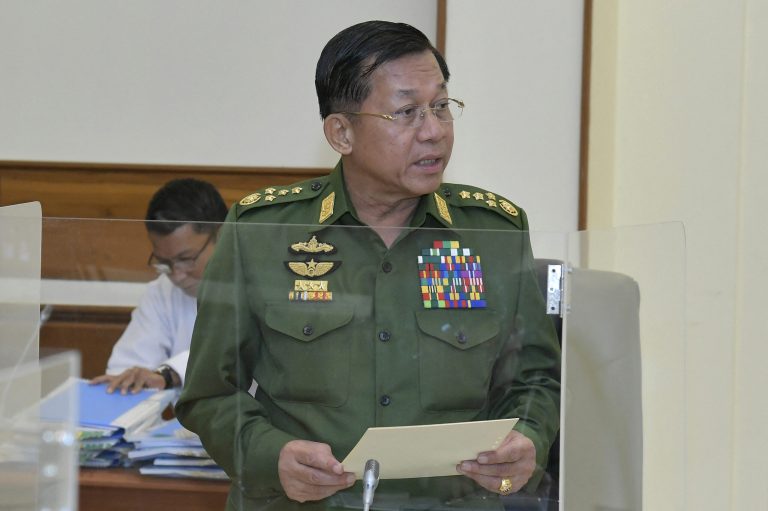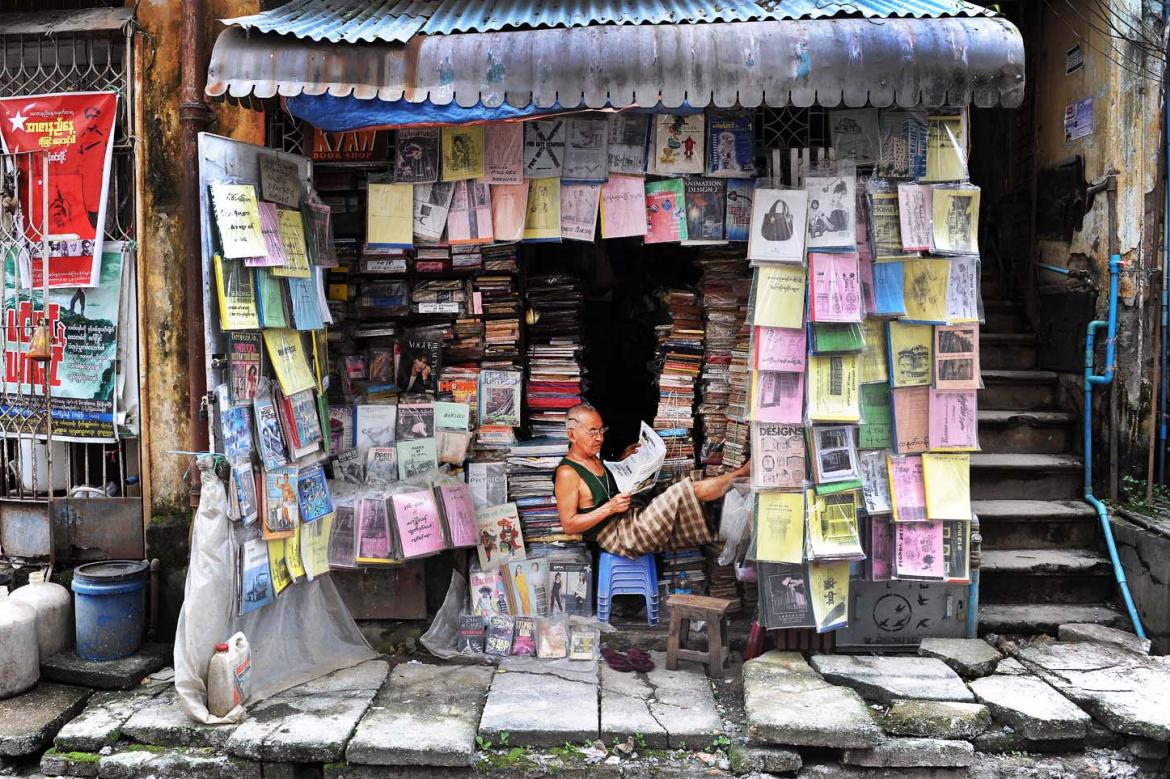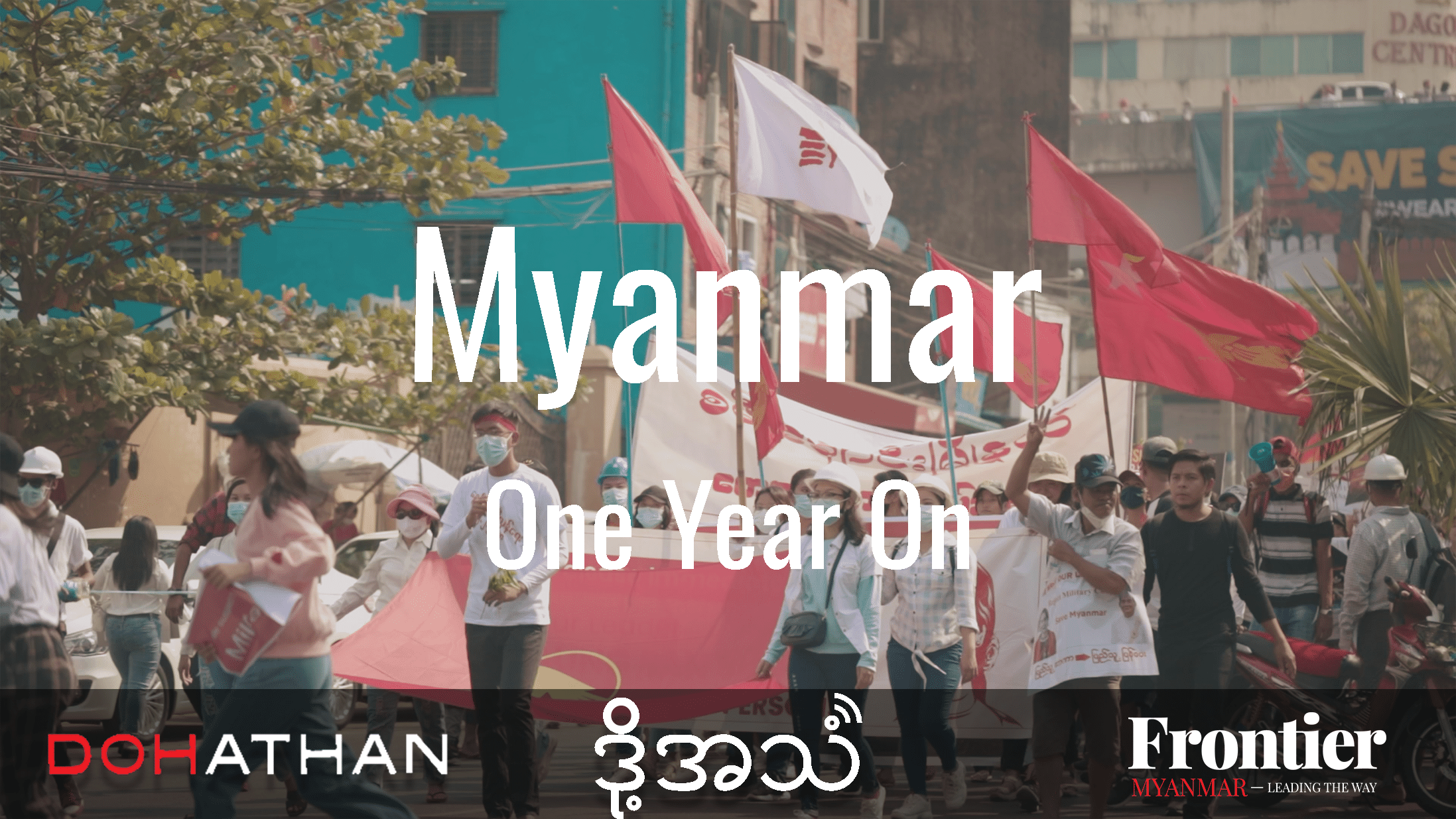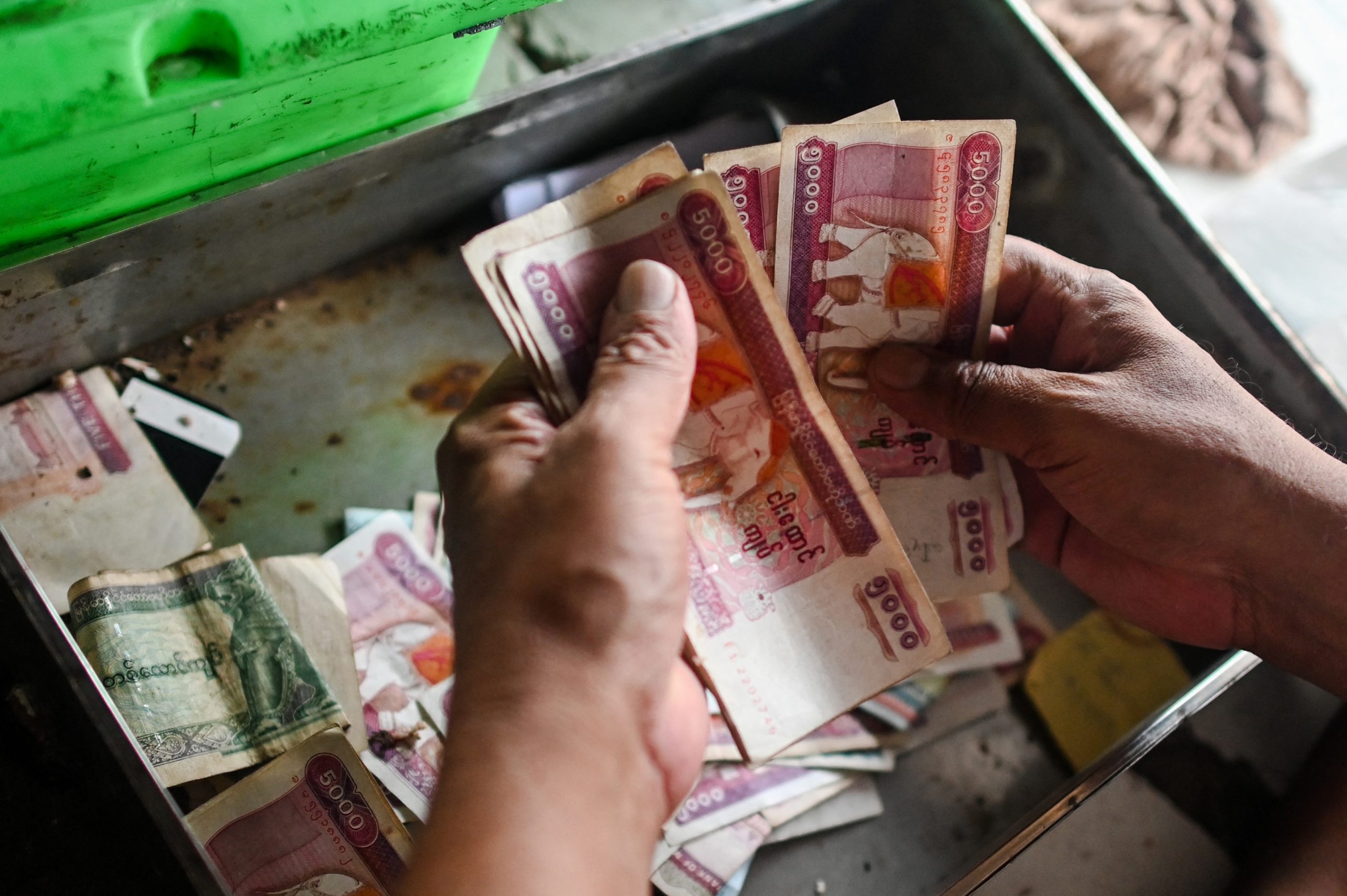Myanmar’s new government will face challenges in advancing economic reform, a new report from the Asian Development Bank warned on March 30.
“Though economic reforms implemented since 2011 have had positive outcomes, Myanmar’s new government will face the challenges of advancing economic reform, addressing infrastructure and labour shortages, and making progress towards peace and social cohesion,” said Winfried Wicklein, ADB country director, Myanmar.
“Moreover, intensified efforts are needed to connect and develop rural areas to improve access to markets and services, and to generate opportunities and jobs,” he said in a statement.
The Asian Development Outlook 2016, ADB’s flagship annual economic publication, said that the positive political developments and structural reform programs will help foster economic growth and investment.
The report was released on the same day that U Htin Kyaw, Myanmar’s first civilian president in more than five decades, was sworn in and took office in Nay Pyi Taw. In his first speech at the Union Parliament Htin Kyaw pledged to raise people’s living standards.
Support more independent journalism like this. Sign up to be a Frontier member.
But the ADB report emphasises that the country’s transport infrastructure, after decades of under-investment, provides poor access to markets and services, perpetuates poverty and regional inequality, and hampers business development.
Only 40 percent of Myanmar’s road network is paved and at least 60 percent of its highways need maintenance, as do most of its railways, the report pointed out. It said about 20 million people lack even basic access by rural road, and river transport infrastructure hardly exists.
“Demand is growing fast, with the number of vehicles on the roads more than doubling to five million from 2012 to 2015, and international air passengers more than doubling to 3.2 million from 2011 to 2014,” ADB said in the report.
ADB estimates that US$60 billion is needed to upgrade transport systems to 2030, to meet a standard seen in other countries at a similar stage of development.
“This means increasing transport sector investments to the equivalent of three to four percent of gross domestic product from little more than one percent in recent years,” Peter Brimble, ADB deputy country director in Myanmar, said.
“Private sector resources will need to be mobilised given the immense funding requirements,” he said.
The report said that although the economic growth of the country was eased the last fiscal year due to the widespread flood and landslide, the growth will recover in this fiscal year.
In the 2015-16 fiscal year, economic growth dropped to an estimated 7.2 percent, the report said. The report notes flooding and landslides in July and August last year displaced more than 1.6 million people and killed 132. The economic cost was estimated at $1.5 billion, equal to 3 percent of Myanmar’s GDP.
But ADB forecasts that economic growth will recover to 8.4 percent in the 2016-2017 fiscal year.
Inflation will be moderate as agricultural recovery from the floods brings down food prices, the report said. But it is estimated to remain high at 9.5 percent in 2015-16, before declining to 8.5 percent in 2016-17.
ADB expects that foreign investment will be lifted by the successful political transition from the military government to one led by the National League for Democracy, which won an impressive mandate in the November election.
Approvals of foreign direct investment totaled $4.9 billion from April to December 2015, down by 26 percent from the same period a year earlier. Most of the FDI was channeled into telecommunications, oil and gas, and manufacturing, primarily garments. None went into agriculture.
The report said government policy makers taking office this April have committed to continuing reform, which is necessary if Myanmar is to achieve its growth potential, estimated at 8 percent annually.
“The new administration is expected to press for more transparency and deregulation, less red tape, improved education and training, and more effective and efficient government services. Its focus is likely to be on creating jobs largely by stimulating economic growth, focusing on the 70 percent of the population living in rural areas,” the report said.






